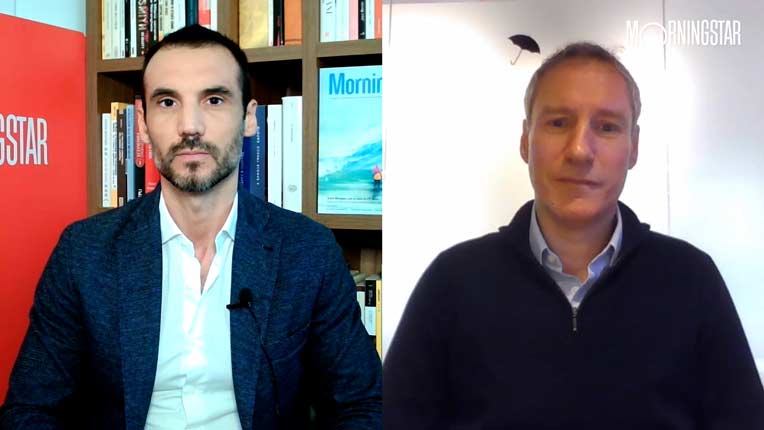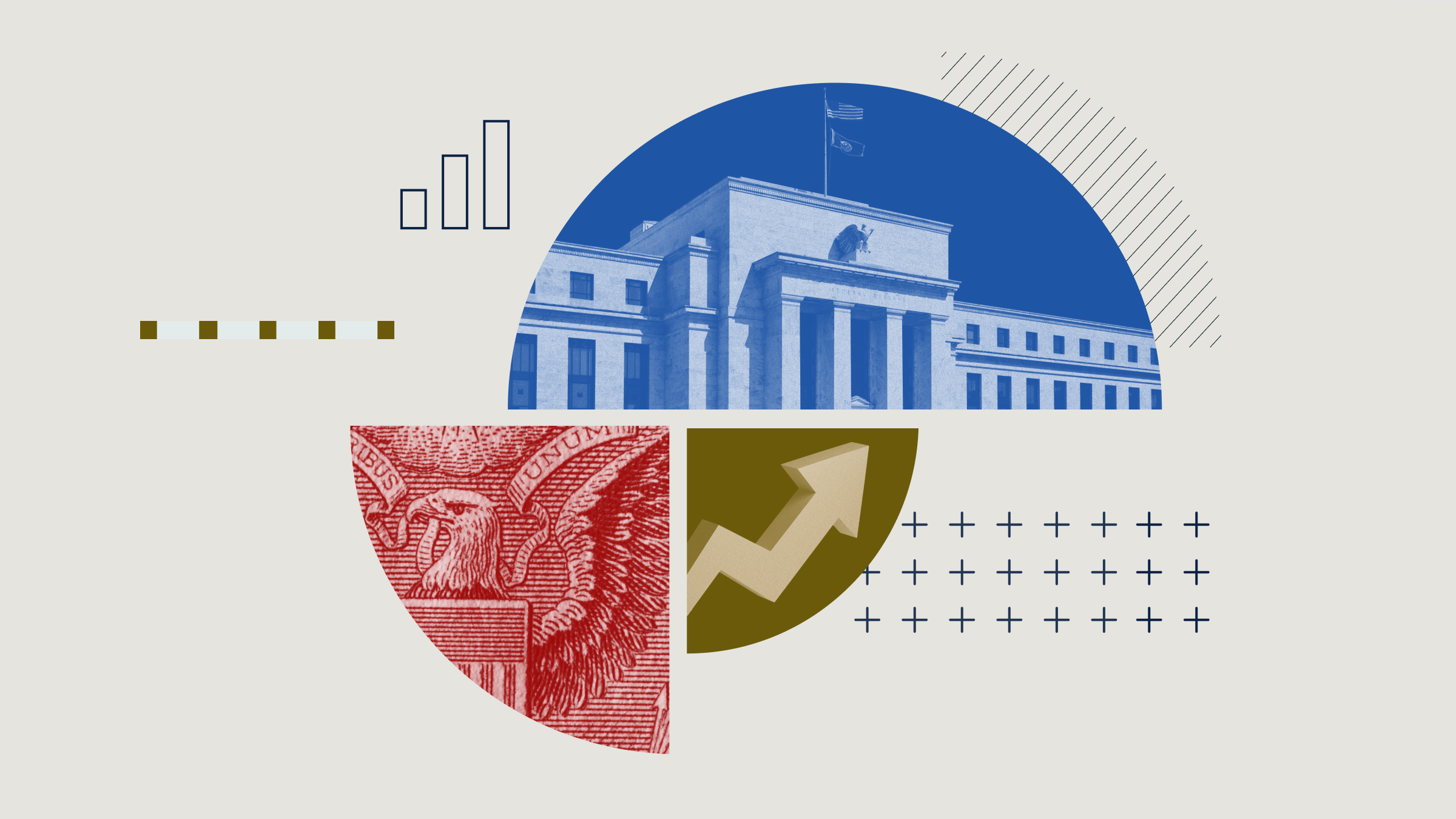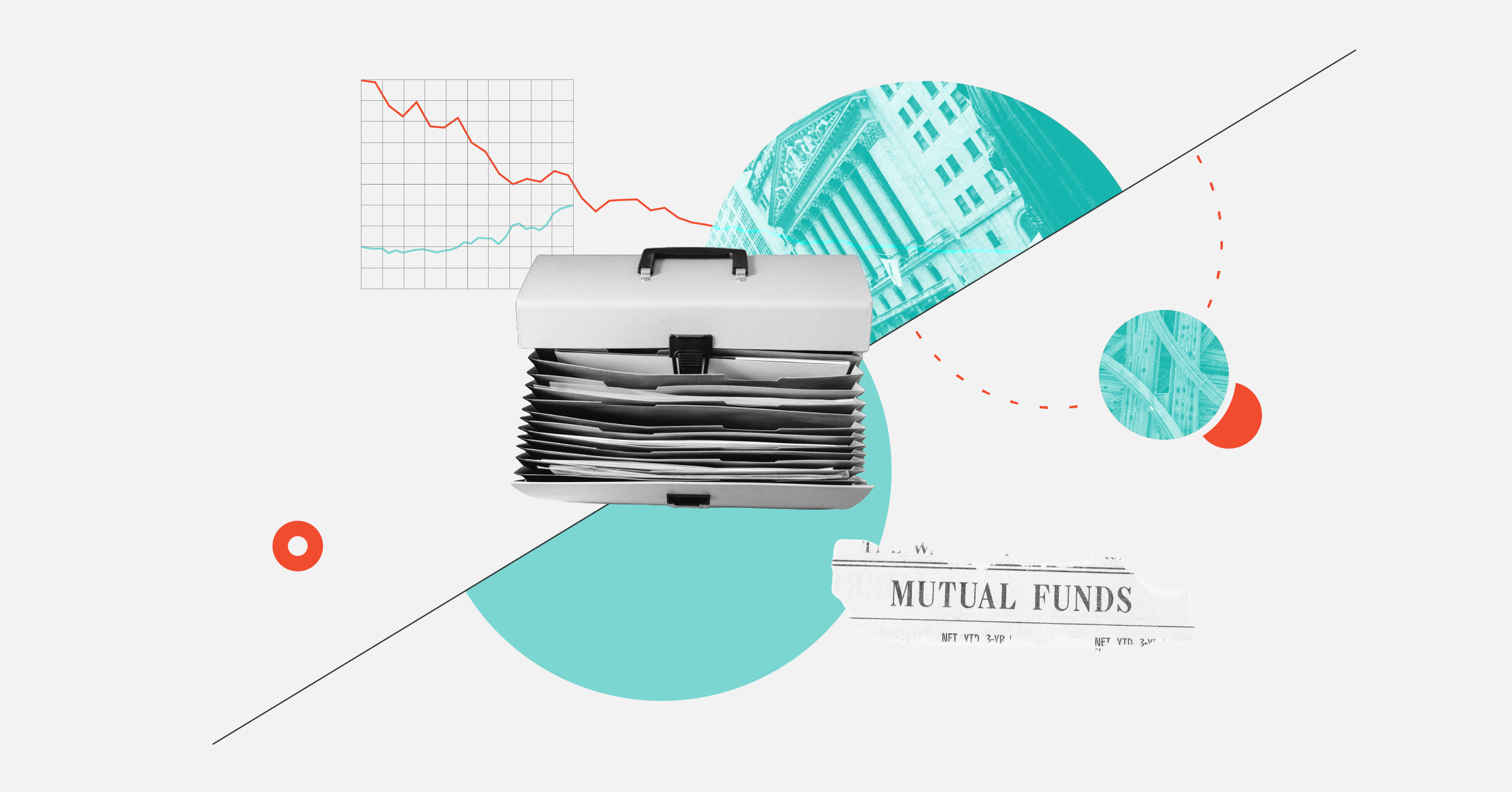Ian Tam: Today, let's talk about the recent Bank of Canada commentary from Senior Deputy Governor, Carolyn Wilkins, which pointed to review the central bank's approach to managing inflation. In a meeting at McGill University earlier this month, she mentioned that the Bank is considering many alternative approaches, including possibly allowing a temporarily higher inflation rate. At present, the target inflation rate in Canada sits between 1% and 3%.
For stock investors, higher inflation is both a blessing and a curse. Although higher inflation generally means that there is positive economic growth, it also eats away at a company's bottom-line, because costs like receivables, inventories and assets also rise. So, it becomes a bit more difficult for companies to convert that higher spending into retained earnings and in turn investor gains.
One way to combat inflation is to look specifically for stocks that show strong and growing operating cash flows. Strong cash flows as a buffer enable a company to absorb those temporarily higher costs.
To find such companies I use Morningstar CPMS to rank the stocks in the S&P/TSX Composite by a number of different quantitative factors. The first thing I did here was look at the five-year growth rate of operating cash flows, which basically measures on average how much cash flows are growing in each year over the last five years. I also look at two shorter-term measurements of cash flow growth, both the annual and quarterly cash flow momentum. These two factors basically take the last four quarters of operating cash flows and compared against the same number one quarter ago and four quarters ago, respectively.
I also then look at a quality factor, which in my case, I use five year standard deviation of earnings, which basically tells you how consistent a company's earnings are in the last five years and also, as a quality metric I use annual pre-tax return on capital just to make sure the companies that are in my list are actually profitable.
Finally, I order the list based on degrees of importance. Here in my list you will see there are numbers between 1 and 5, 5 being the most important and 1 being the least important. It is these degrees of importance that tell me the order in which my stocks appear.
In addition to this, I also put a filter on cash flow to debt. I use a figure of 0.36 and that number represents the median cash flow to debt metric in the TSX Composite today.
From here, I use Morningstar CPMS to actually back-test this strategy. A few assumptions have to be made here. Firstly, I start with $100,000 in cash. I never hold more than four stocks per economic sector just to make sure that I'm somewhat diversified across the economy. And finally, I have applied a $15 per trade transaction fee in my back-test.
So, what's happening on the screen here is, I'm starting with that $100,000 cash. I would have purchased the 20 stocks that met my requirements at that point in time using the information at that point in time. At the end of each subsequent quarter, I'm just checking to see if any of my stocks' ranks fell below the top 40% of the S&P/TSX Composite based on the factors that I chose at the start of this strategy. Whenever something drops below that top 40%, I sell the stock and I immediately replace it with the next highest-ranking stock, always making sure that I never hold more than four stocks per economic sector.
So, you can see that after running my back-test, the strategy produced an annualized return of 11.1%. That's after my $15 per trade transaction value. More importantly, you will notice that for every quarter where the TSX was down, our strategy beat the benchmark about 87% of the time which speaks to the defensive nature of this type of a model. The stocks that meet my requirements are listed in the table on my screen.
For Morningstar, I'm Ian Tam.





















